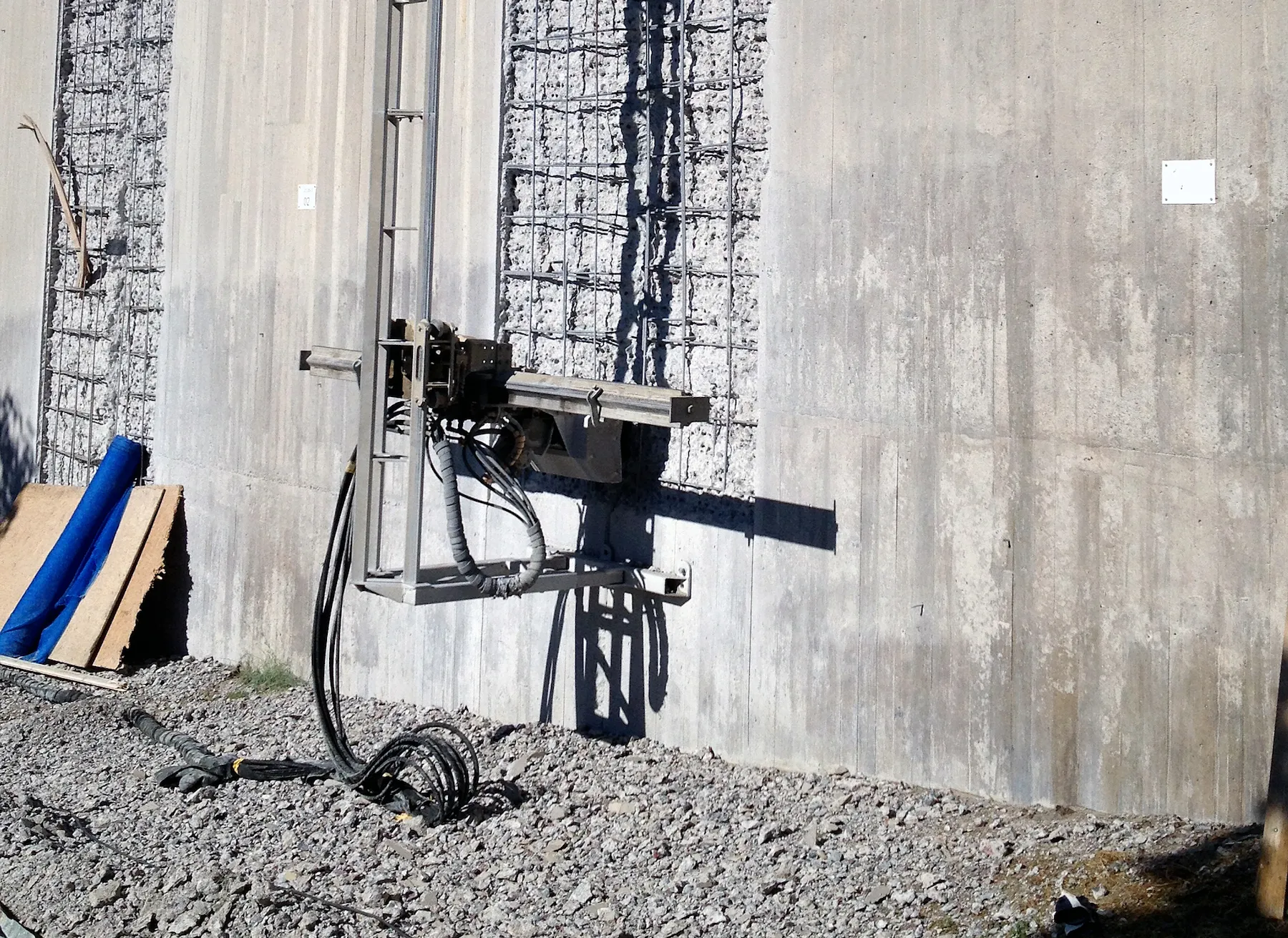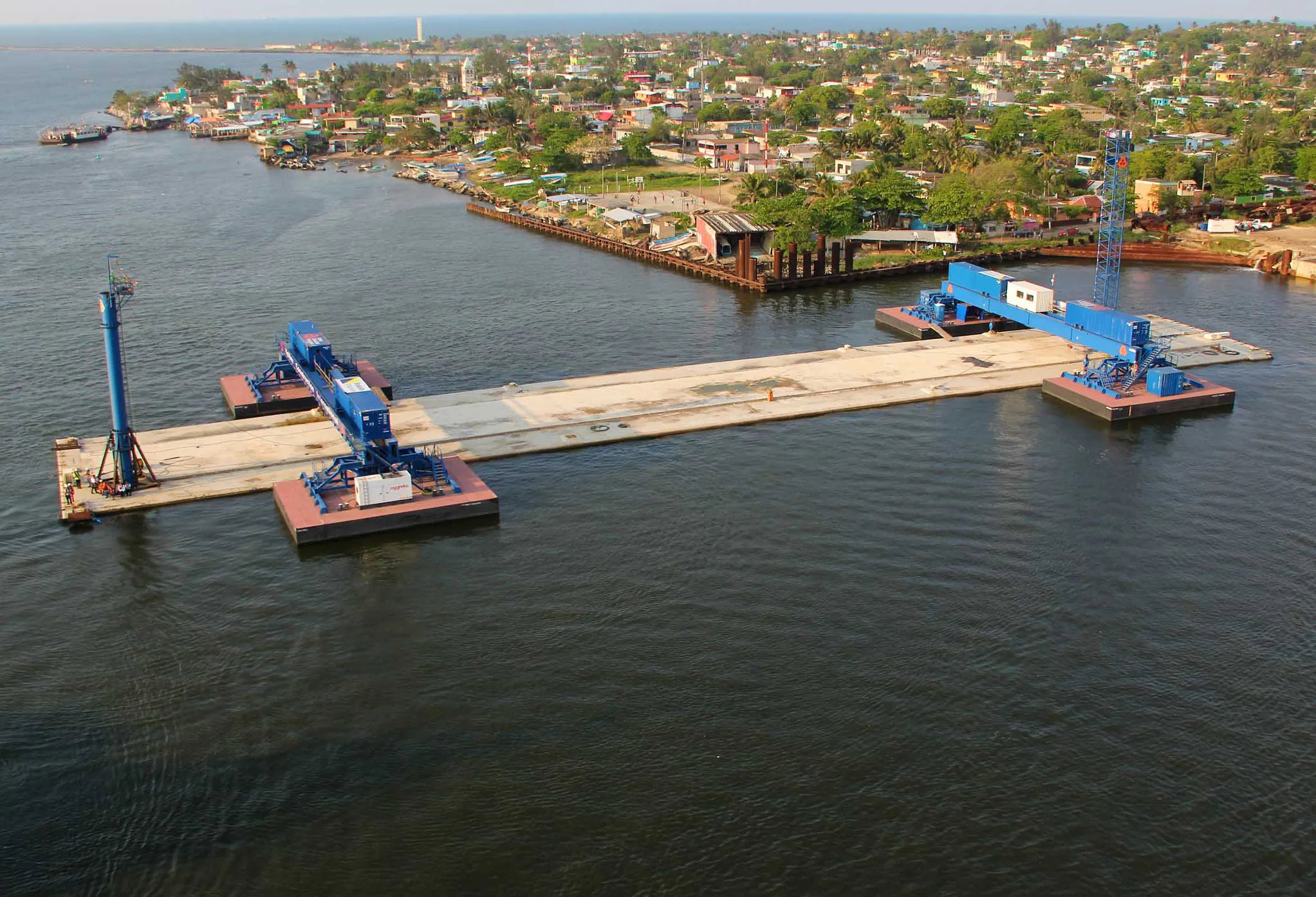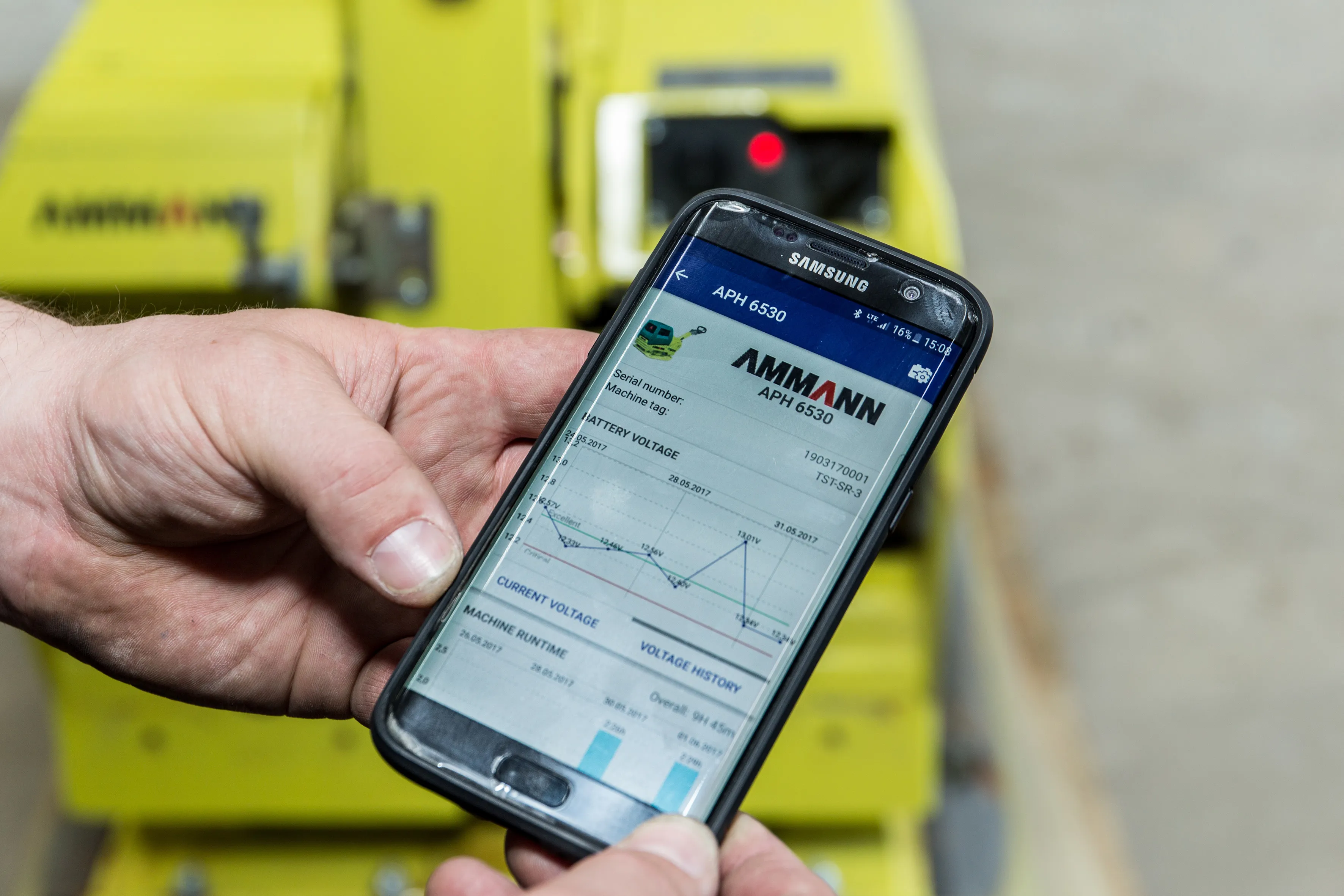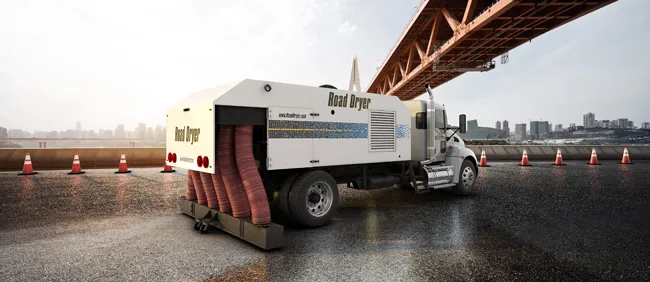
Hydrodemolition uses high-pressure water jets to precisely remove sound, deteriorated or damaged concrete. The sustainable method leaves rebar undamaged while protecting and preserving existing concrete. The Aqua Spine eliminates vibrations that cause microfracturing as well as reduces exposure to harmful silica dust. The method leaves a sound surface ready to accept new material.
Aquajet designed the Aqua Spine as a multimodular system with a single feed beam to ensure adaptability to different applications. The system adjusts from 1-6m and works well in applications such as roads and bridges and underwater demolition. The modular design allows the Aqua Spine to enter hard-to-reach corners to remove concrete without the use of hand lances.
An Aqua Cutter robot or standard Power Control Unit controls the Aqua Spine, while a separate power pack houses a powerful diesel and high-pressure pump as well as tools and attachments. When working on flat surfaces, the modular system bolts onto walls, floors or ceilings. For increased versatility, hydraulic platforms, cranes and scaffolding can support the Aqua Spine. The system can be used underwater on bridge pillars using the circular power head. The Aqua Spine also comes with the adjustable oscillation system, which allows the stroke of water to be changed within a minute to adapt the nozzles for varying depths of cuts.









